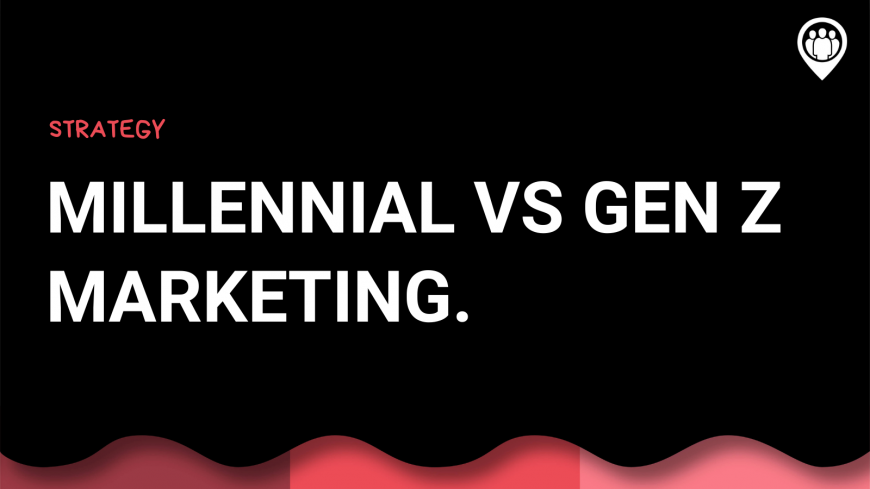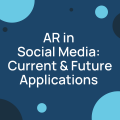Millennial vs Gen Z marketing
Sahail Ashraf posted on 17 June 2022
They’re kind of close together in history, but there are some differences between them when it comes to what they like to see in their marketing messaging.

Millennials were born in the years 1981 to 1995. The Gen Z crowd were born between 1996-2012. Two very different time eras, but also two different audiences. When marketers are faced with demographics that identify these two audiences, they need to keep a few considerations in mind. In this post we will look at what separates (and combines) the two markets.
Technology
There are key differences here. With Millennials, we find that even those born towards the end of the ‘phase’ will not have grown up with the kind of technology that Gen Z did. Smart technology in phones and other devices was not around in the 80s and 90s. In fact, while there were mobile phones during the Millennial phase, they were nothing like what they are now. For example, they still had proper buttons and some even had keyboards.
This has some implications for marketing. Essentially, while both groups will have plenty of technology experience, it is arguable that Gen Z will be more ‘switched on’. This could mean that they can adapt to new technology quicker, or that they have attention spans that can comfortably manage multiple points of information at once.
This ability to embrace and master new technology quicker manifests in the way Gen Z customers are more likely to spend their time online shopping for better deals on products and services, and on multiple platforms.
At the same time, the perspective changes a little for Millennials. These guys and girls generally tend to look for convenience and a polished customer experience when shopping.
The above differences speak to a different way of marketing for each group. Millennials want polished, professional experiences that are expertly presented, and Gen Z want quick-fire information and obvious usefulness in the messages they receive.
Where they go to buy
With Gen Z being born and raised during a boom in mobile technology, it’s understandable that they are a mobile-first generation. That said, Millennials do enjoy shopping via mobile, so you have two generations that are primed for brands that have powerful mobile experiences.
Be aware that Gen Z may focus on speed a little more. With a generation that grew up on smart devices, their brains may be the kind that will be a little less forgiving of slow mobile experiences. When designing a mobile experience, this needs bearing in mind.
Going back to the previous section where we had Millennials wanting professional experiences, ensure that your mobile processes are flowing well and there are no technical problems. So to sum up, Gen Z wants fast, and a Millennial wants a professional experience.
Financially, it is important to remember the age of the Gen Z crowd. Some of them will be too young to use established and conventional forms of payment. For example, you will find that some Gen Z customers won’t have a credit card. Make sure your mobile offerings have Paypal, Stripe and any other more accessible payment options for this particular group.
Social
As you may expect, Gen Z are all over TikTok, Instagram and so on, where short-form video is king.
However, Millennials are also on Instagram, and the one thing the two groups have in common is that they understand and appreciate Influencers, with many of their decisions to buy being driven by this kind of content.
The lesson here is simple. If you are able to forge strong partnerships with established Influencers who bring their own audiences with them, you are onto a winner. Bear in mind that many Influencers on various platforms will have audiences from one of the two generations. It’s worth doing your homework.
Sustainability
There is a slight difference here between the two generations but it is not that much of a dealbreaker. Both generations will openly state they will more likely invest time and money into brands that are sustainable in their approach.
This goes for responsibility too. These audiences want fairness and corporate responsibility and accountability. If brands are able to make this part of their messaging and to share how they are building transparency and trust, the audiences are more likely to stick with them.
There are some key differences between the two generations, but as long as marketers focus on creating content that is professional and fast-loading (a key consideration with shorter attention spans) as well as ensuring they have a clear mobile-first strategy, it should be relatively straightforward to zero-in on both audiences.
Are you a social media professional? Try Locowise for the latest metrics and data. And if you are trying to market to Gen Z, try our new TikTok reporting.



